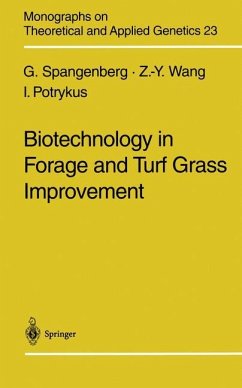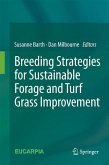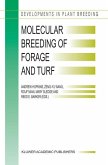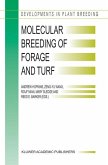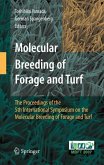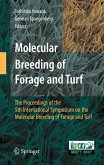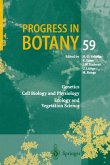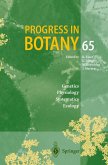Worldwide, acreage under grassland is estimated to be twice that of cropland. Two closely related genera, Festuca L. (fescues) and Lolium L. (ryegrasses) are of significant value in temperate grasslands. These genera (tribe Poeae, subfamily Pooideae) contain well-adapted, very productive grasses widely distributed in temperate and cool climates in Europe, North and South America, North, East and South Africa, Asia, Australia and New Zealand, where they are used for agricultural and recreational purposes (Jauhar 1993). They are important for grazing, stabilizing soil for agriculture, and enhancing the environment through multiple uses, such as forage, conservation and turf (Barnes 1990). Therefore, in the family Poaceae, the Festuca-Lolium group of grasses is among the most extensively studied by agronomists, plant breeders, animal scientists, taxonomists and cytogeneticists. The potential of biotechno logical approaches has been recognized for the development of improved fescue and rye grass cultivars (Barnes 1990; Kau11990; Jauhar 1993). 1. 1 Agronomic Importance of the Festuca-Lolium Complex The Festuca-Lolium complex involves some well-adapted, highly productive persistent species which are widely used for soil stabilization, for agricultural purposes and as amenity grasses. For temperate grasslands, tall fescue, meadow fescue, Italian ryegrass and perennial ryegrass are particularly impor tant species which show complementary desirable traits, such as palatability and fast initial growth of the ryegrasses, and winter hardiness, persistency combined with continued high production after the second harvest year of the fescues.
Bitte wählen Sie Ihr Anliegen aus.
Rechnungen
Retourenschein anfordern
Bestellstatus
Storno

